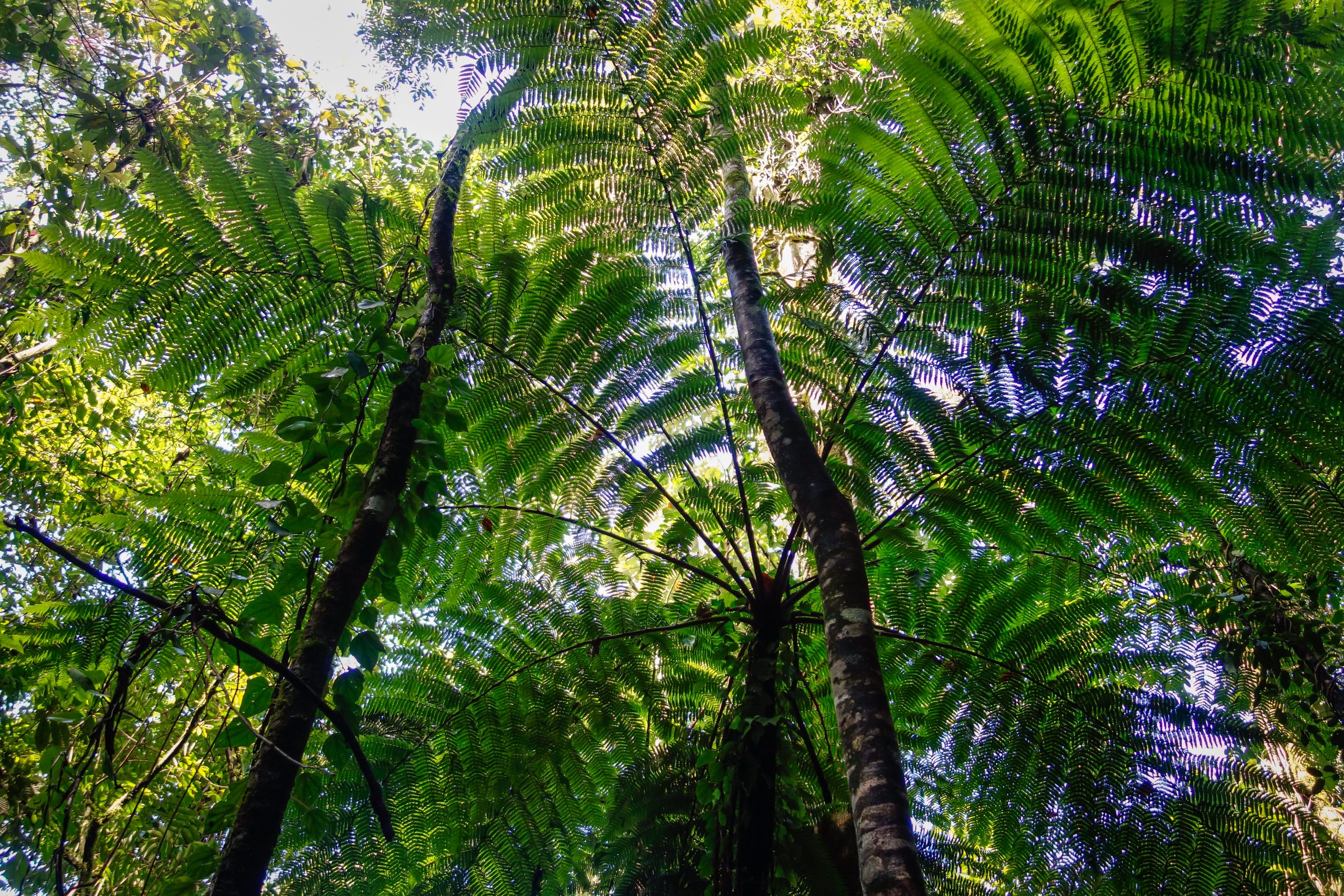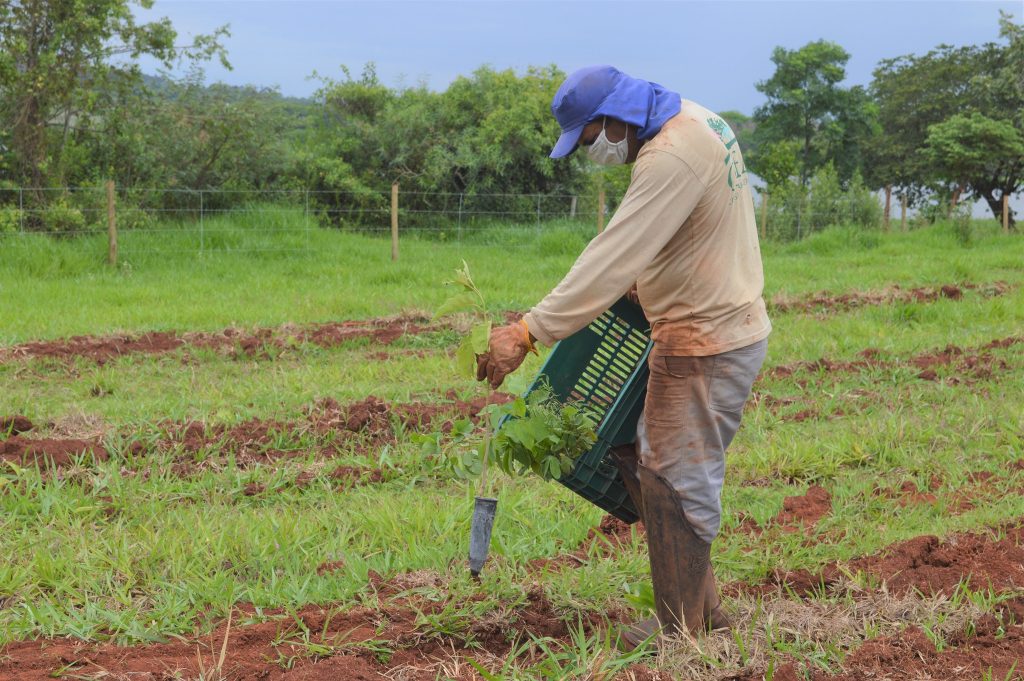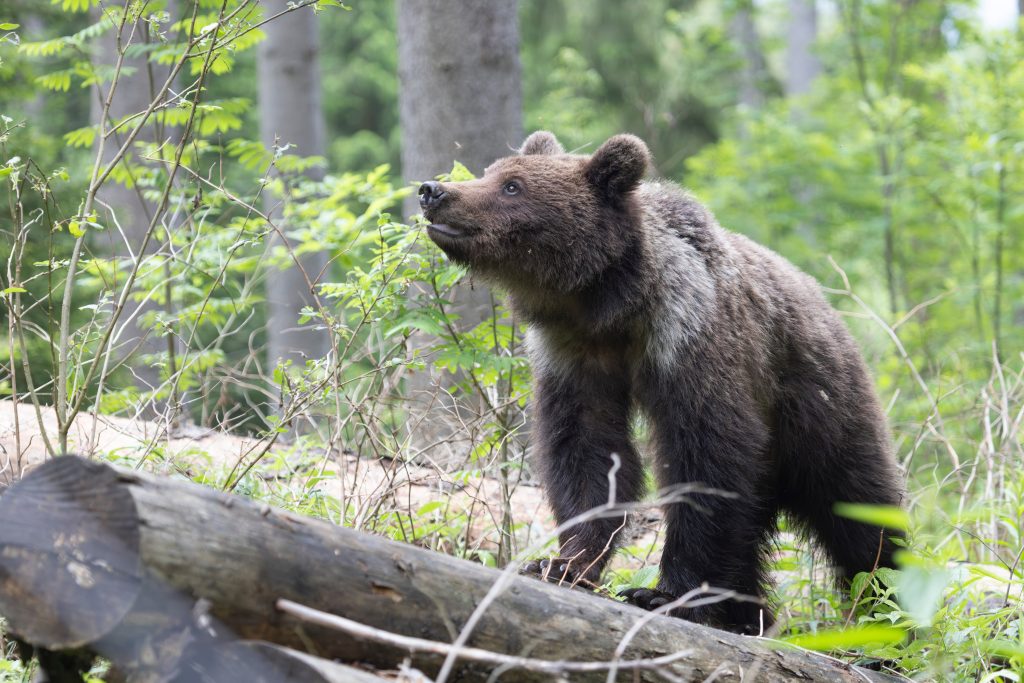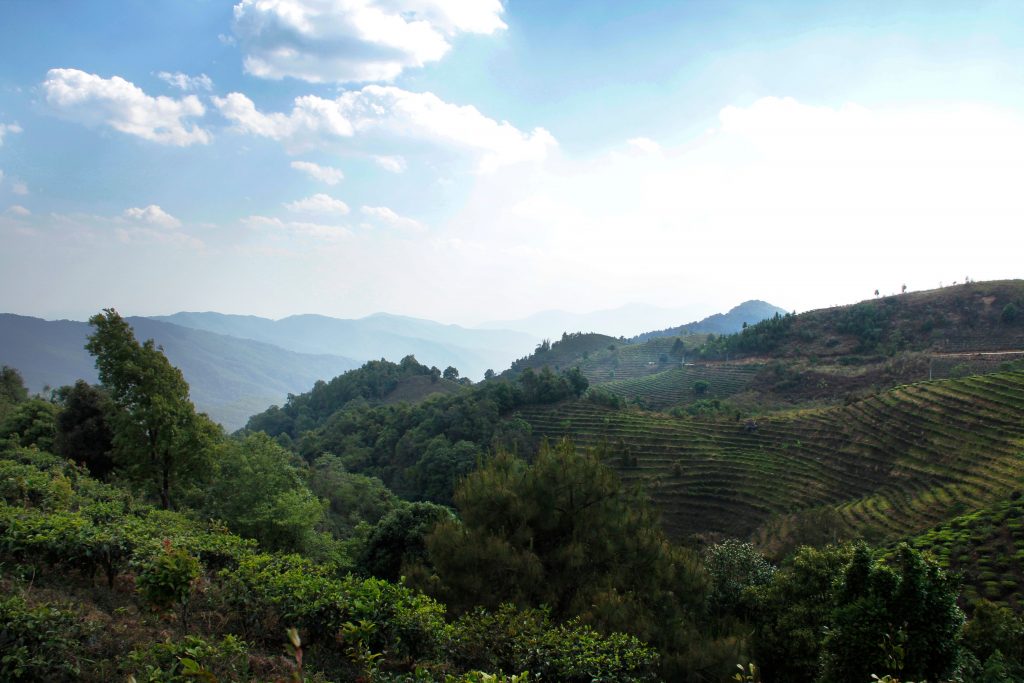News
Forest restoration in action: Celebrating pledges to inspire society

Story | Mar 2024
All over the world, efforts are ongoing to protect, sustainably manage and restore areas of forest.
Countries have promised to restore 1 billion hectares of land by 2030 as part of international climate, nature and land goals. Some of these initiatives are famous, covering tens of thousands of hectares and winning awards, such as the Desa’a Forest project in Ethiopia, part of the Great Green Wall programme to restore ecosystems across northern Africa. But most, particularly those carried out by non-state organisations and individuals, do not receive the same fanfare and often take place without formal recognition and acknowledgement.
The UN Environment Programme World Conservation and Monitoring Centre (UNEP-WCMC) works to make sure the contributions of Indigenous Peoples, local communities, private landowners, non-government organisations, and local administrations such as cities and businesses are recorded and celebrated on its Nature Commitments platform. The website showcases more than 200 area-based conservation pledges, several of which are forest restoration initiatives.
Today, the Nature Commitments platform has been linked to the official monitoring platform for the UN Decade on Ecosystem Restoration, the Framework for Ecosystem Restoration Monitoring (FERM). FERM tracks global progress and disseminates best practice as part of the UN Decade on Ecosystem Restoration campaign. It also supports countries with reporting projects and action towards meeting the Kunming-Montreal Global Biodiversity Framework (GBF)’s Target 2: to restore 30 per cent of all degraded ecosystems by 2030.
During a live webcast today, the UN Food and Agriculture Organization will launch the FERM search engine of restoration initiatives as part of its programme of events celebrating International Day of Forests. The FERM search engine is an innovative tool that will allow live information on non-state commitments on restoration to be directly fed from Nature Commitments into FERM.
The linking up of FERM and Nature Commitments showcases how interoperability can facilitate data exchange to support restoration monitoring and reporting. We are leading an effort to promote data sharing in the restoration movement, so that more restoration efforts can be discovered, recognised and reported.
Yelena Finegold, Forestry Officer at the UN Food and Agriculture Organization
Projects that are showcased on Nature Commitments will be featured alongside more than 1,500 projects and good restoration practices in the FERM search engine. Likewise, examples of restoration initiatives submitted to FERM are now automatically featured on Nature Commitments.
Here, we share three examples of forest restoration pledges that will benefit from this increased recognition, help to inspire other restoration practitioners and track progress towards the GBF.
350 hectares of Brazil’s tropical Atlantic Forest
The Atlantic Forest is a thin strip of tropical forest that runs through Brazil, Paraguay and Argentina. A fraction of the size of the Amazon, it contains a similar range of biological diversity – but at least 72 per cent of the original forest is believed to have been cleared. Seeking to address this, a trinational pact to restore 700,000 hectares of the Atlantic Forest is being celebrated as UN World Restoration Flagship project.
Nature Commitments has captured a five-year pledge by renewable energy company AES Brasil and WeForest, a non-profit organisation working on reforestation projects around the world, to restore forest on the edge of the Tietê river in the Atlantic biome.

The Tietê is one of the most polluted rivers in Brazil. One reason for this is the large quantities of pesticides and herbicides that are used to control invasive grasses and end up flowing into the river. Since 2020, under their Tietê Forests project, WeForest and AES Brasil have been using a reduced herbicide approach, mowing and mulching invasive grasses; replanting native vegetation and promoting its growth with fertilisers; and using mulch to prevent invasive grasses from regrowing
The project aims to scale up to restore 2,000 hectares and improve the quality of water supplied to 15 municipalities to deliver benefits for people and biodiversity.
We are honoured to have our work in Tietê Forests, Brazil, featured on UNEP-WCMC’s Nature Commitments platform. With our partners AES Brasil, Ceiba, Coprocam and Nace-Pteca we are bringing back the Atlantic Forest – which was once as large as 1.5 million square kilometres (which is more than a quarter of the size of the Amazon forest) and is still one of the richest areas in biodiversity on the planet – by restoring the edges of the Tietê river with native tree species, increasing wildlife corridors and supporting communities to establish agroforestry.
Marie-Noëlle Keijzer, Chief Executive and Co-founder of WeForest

50,000 hectares of old-growth forest in the Romanian Carpathian Mountains
The Carpathian Mountains are one of the wildest and most untouched areas of Europe, with large areas of intact woodland and iconic carnivores like the brown bear, wolf and Eurasian lynx. However, unsustainable logging and monoculture plantations have degraded swathes of forest.

The Nature Commitments platform has recorded a pledge made in 2017 by a group of private philanthropists to restore 50,000 hectares of forest. Over the next 40 years, the Foundation Conservation Carpathia intends to restore degraded forestland and mountain streams to create the Carpathian Wilderness Reserve. A 2022 UNEP-WCMC report highlights the wide-ranging benefits of such projects: the report included examples of restoration work in the Carpathian Mountains, and found that they had wide-ranging benefits, reversing biodiversity loss, boosting climate change mitigation and adaptation and increasing human livelihoods and well-being.
The Foundation Conservation Carpathia has acquired hunting concessions to enable wildlife to return, and is assisting local communities to start up nature-based enterprises and protect remaining old-growth forests. The foundation’s ultimate aim is to integrate the Carpathian Wilderness Reserve into the larger protected areas landscape of Romania, with the Foundation aspiring to stimulate the creation of a large national park – the Fagaras National Park.
We are honoured to be listed on UNEP-WCMC’s Nature Commitments platform and believe we can make a strong point on the importance of protecting the natural heritage of the Romanian Carpathians, which is one of the last great wild areas of Europe.
Christoph Promberger, Executive Director of Foundation Conservation Carpathia
100 hectares of tropical rainforest in southwest China
The tropical rainforest of Xishuangbanna, in southwest China, is a biodiversity hotspot. Since the 1950s, about half a million hectares of forest have been lost for rubber plantations, however.
Shanghai-based non-profit organisation Good to Nature is working to restore areas of tropical rainforest while helping local communities to prosper. The pledge captured on the Nature Commitments platform states that Good to Nature intends to initially restore about 1,500 mu (100 hectares), and help to increase average incomes by 10 per cent.

We are delighted and honoured to share our project on UNEP-WCMC’s Nature Commitments platform. This is a pilot tropical rainforest restoration and conservation initiative in Xishuangbanna. On one hand, we focus on scientific restoration and research to explore how different types of artificial forests can be restored into tropical forests more quickly and effectively. On the other, we actively collaborate with local communities, empowering them to improve their quality of life through restoration efforts. Through the Nature Commitments platform, we hope to share our good ecosystem restoration practices with the world, contributing to global nature recovery.
JoJo Zheng, Founder of Good to Nature
On-the-ground work started in the first half of 2022, with a team of scientists working with a school and local families in the area to begin a sample plot to test and monitor the natural regeneration method. Aside from the gradual reintroduction of some key species introductions and removal of invasive species, a site is left with minimal intervention – so that re-introduction of birds, animals and seed dispersal from nearby patches of rainforests can happen naturally over time and at a large scale.
Families are expected to benefit from eco-tourism, opportunities to sell traditional crafts, and the improved leisure and health created by the restoration work.
Since it was launched almost two years ago, the Nature Commitments platform has enabled more than 200 non-state organisations to showcase their area-based conservation and restoration efforts. UNEP-WCMC is delighted that restoration commitments, such as the forest initiatives outlined, will gain further recognition through our connection with the Framework for Ecosystem Restoration Monitoring. We encourage all restoration practitioners to explore these vital vehicles for strengthening site-based action for biodiversity and share their commitments to inspire others.
Anushree Bhattacharjee, UNEP-WCMC Programme Officer and Nature Commitments Platform lead
Main image: AdobeStock_503359208
Have a query?
Contact us
communications@unep-wcmc.org
